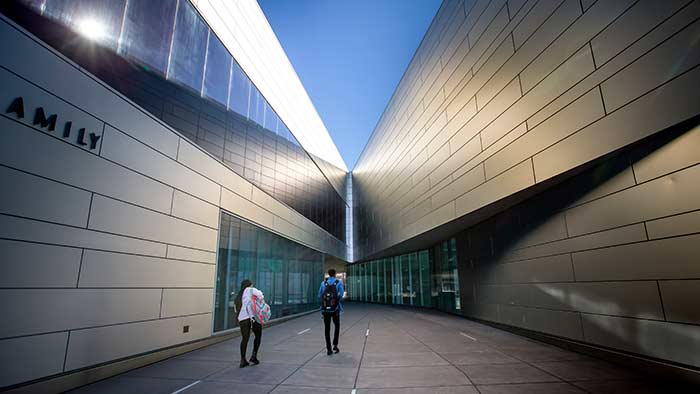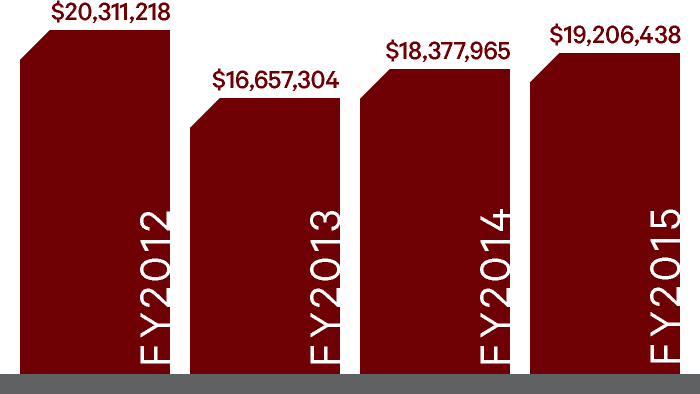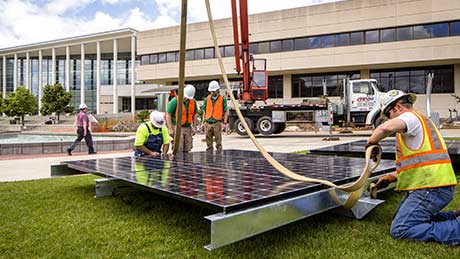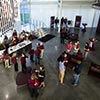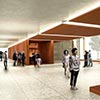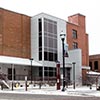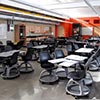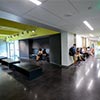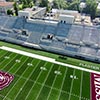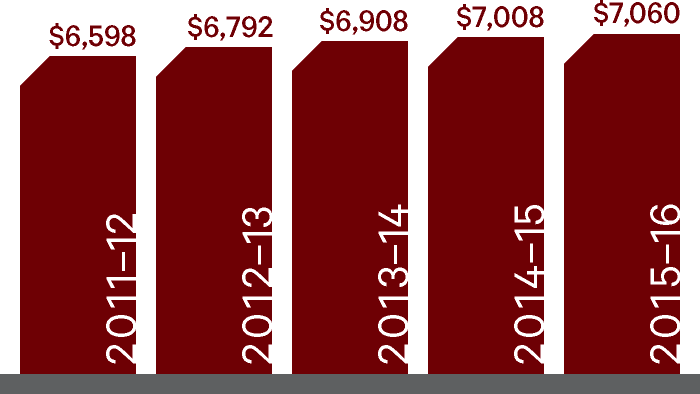Though funding formulas and budgets for an institution the size of Missouri State can be complicated, we strive to be good stewards of what we’ve been given. Whether through state funding, private gifts, bonding or tuition, we recognize the dollars matter and allow us to continue to build, improve and expand.
One great example of our financial stewardship is the Foster Family Recreation Center. The Bill R. Foster family generously gave a major gift in October 2011 and the center officially opened in October 2012 as an amazing addition to the campus. But it started as a student idea in May 2004, and the recreation center was designed by the students for the students. Students wanted it to be environmentally sustainable and accessible to all, and they initiated a student fee that would build this space that allows students, faculty, staff and alumni to stay healthy.
